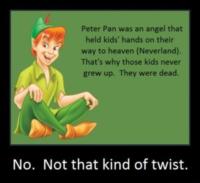
So, you have your character… some extremely talented wizard with maxed-out Intelligence. 18 or 19 is pretty high, right? And their name is… Grandalf (true story). You’re boppin along with your merry band of fellow adventurers when you come across a puzzle inside a dungeon. The gamemaster must have put a lot of effort into this thing because this puzzle looks particularly puzzling. Hieroglyphs, numbers, [Read the article]









